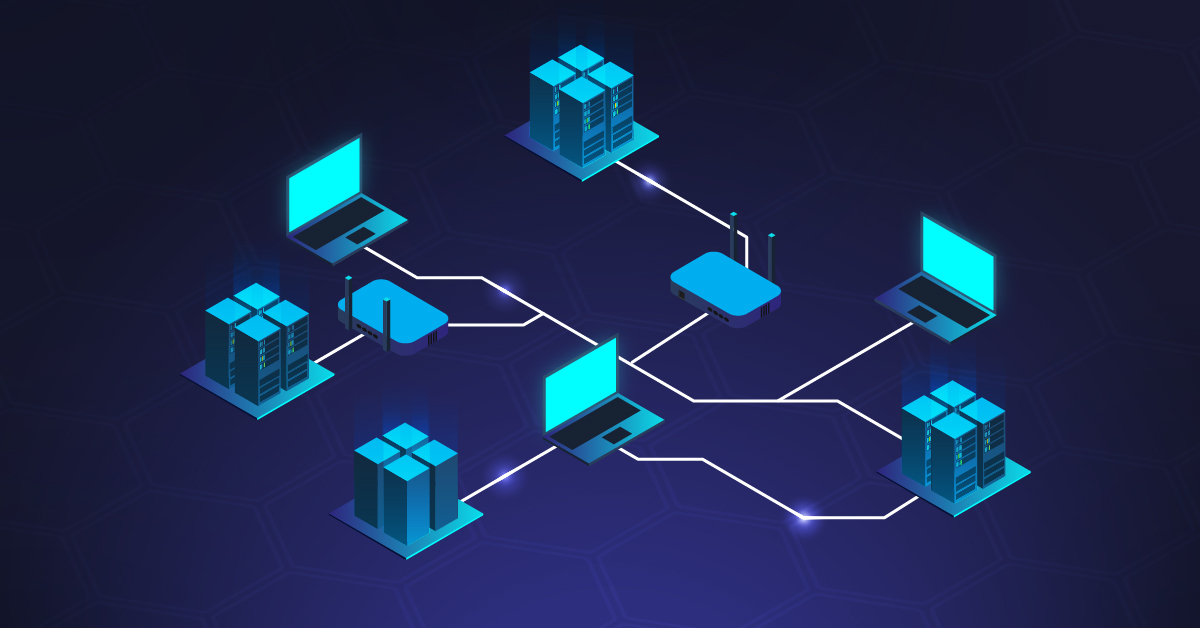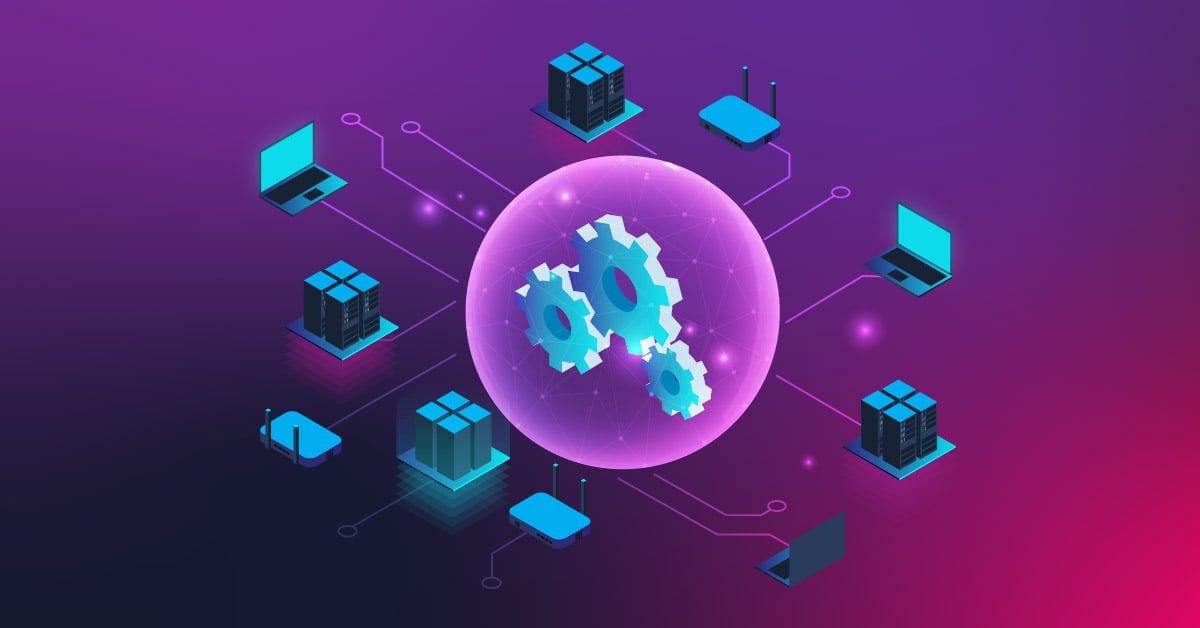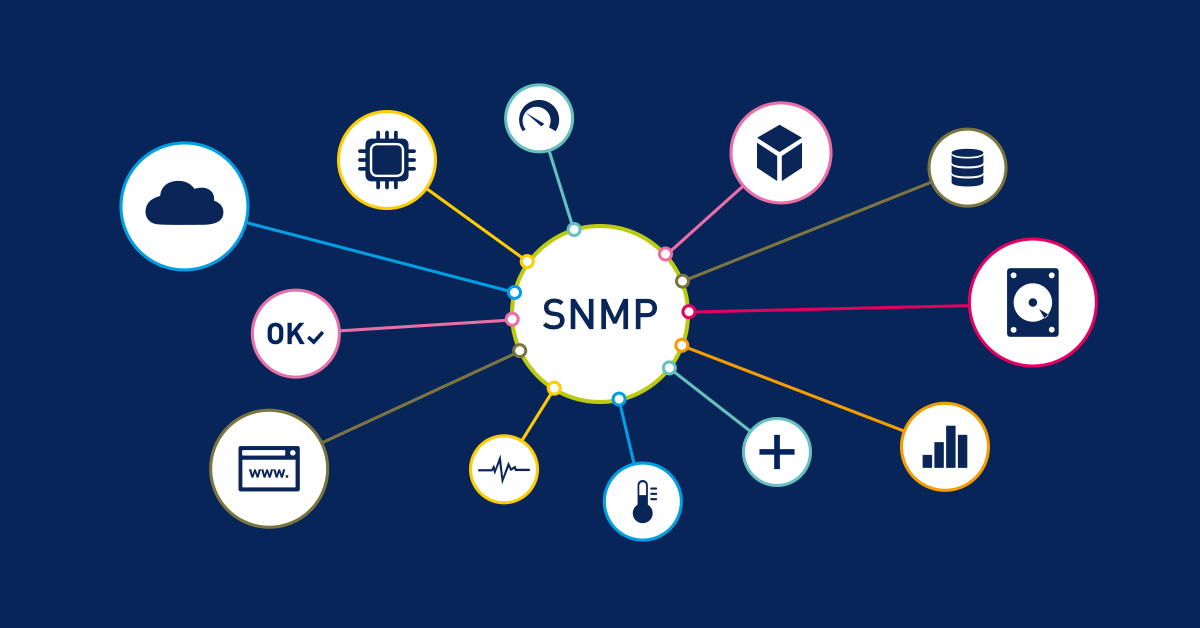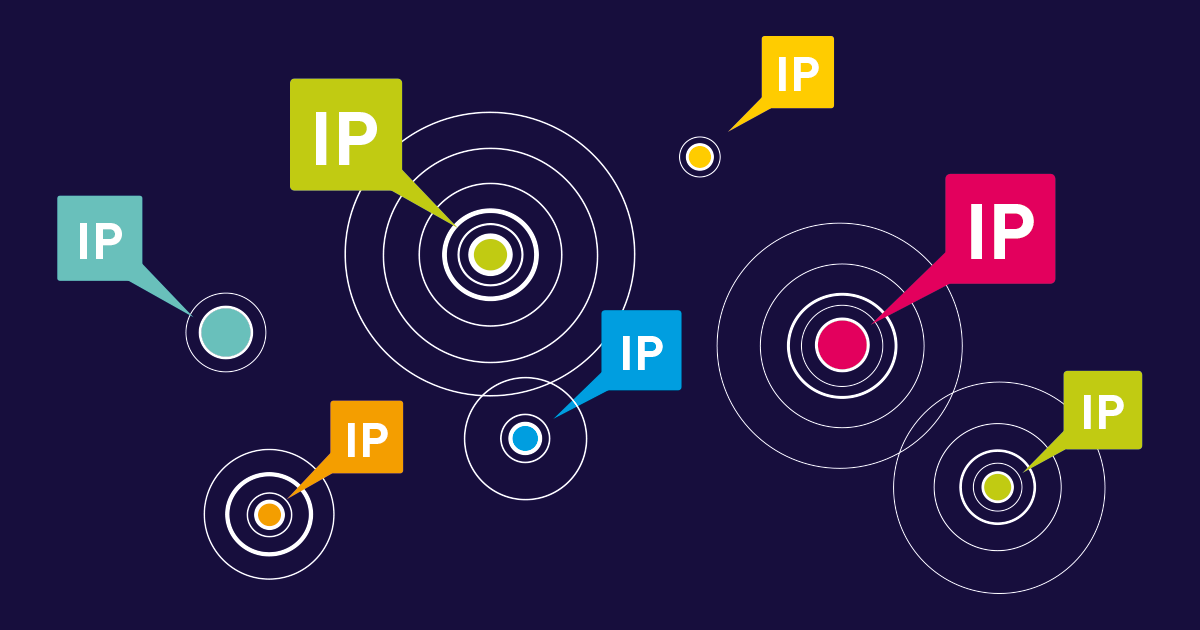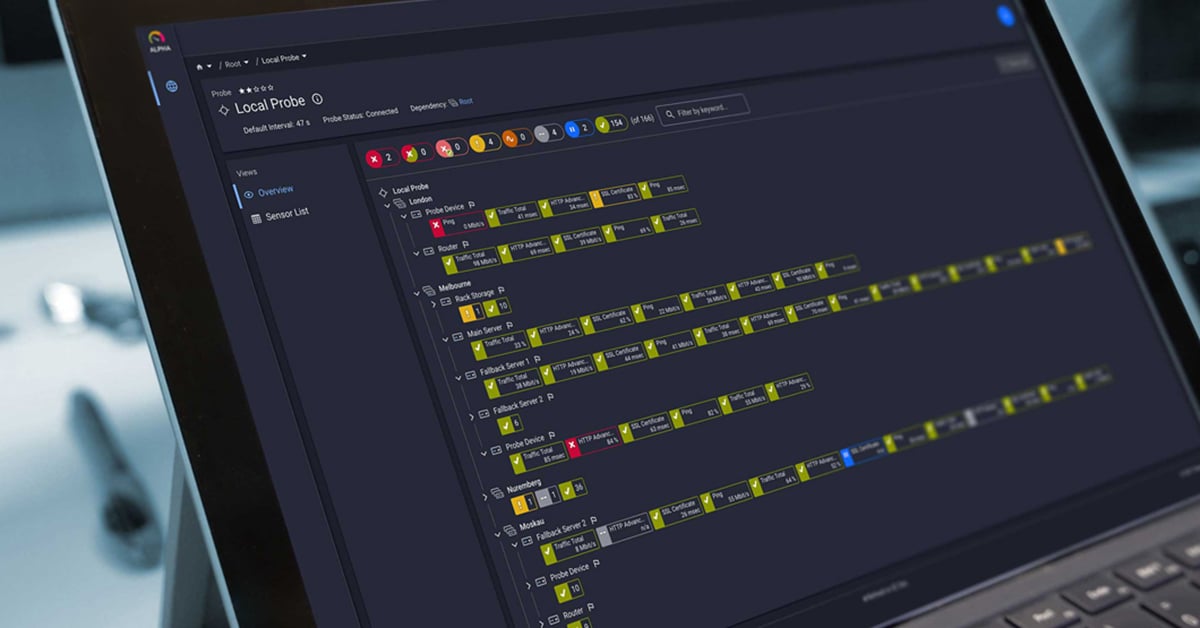Welcome, fellow network warriors! 👋 If you're a sysadmin with about five years under your belt, you've likely encountered the great debate of network monitoring: sFlow vs. NetFlow. It's the IT equivalent of choosing between Star Wars and Star Trek – both have their die-hard fans, and the choice can spark heated debates at the water cooler. Today, we're diving deep into this flow-based face-off, with a healthy dose of humor to keep things interesting. So grab your favorite caffeinated beverage, and let's embark on this geeky journey!
Whether you're managing a small business network or enterprise infrastructure, choosing the right flow monitoring protocol can significantly impact your network visibility, troubleshooting capabilities, and resource utilization. This comprehensive guide will help you understand the key differences between sFlow and NetFlow, and how PRTG Network Monitor can help you leverage both technologies effectively.
sFlow vs NetFlow: Understanding the fundamentals
Imagine your network is a bustling metropolis. NetFlow is like having a meticulous traffic cop at every intersection, noting down every vehicle's make, model, and even the driver's choice of air freshener. It's thorough, detailed, and probably needs a vacation. On the other hand, sFlow is more like a laid-back traffic helicopter, taking snapshots of the city's flow every now and then. It's less intrusive, more relaxed, and definitely not a micromanager.
But why should you, the unsung hero of IT, care about this showdown? Well, choosing between sFlow and NetFlow can significantly impact your network's performance, your troubleshooting efficiency, and ultimately, your sanity. Let's break it down, shall we?
NetFlow: The detailed detective of network monitoring
NetFlow, the brainchild of Cisco (though now supported by many other vendors), is the detail-oriented detective of the networking world. It captures and analyzes every single packet flowing through your network devices, making it the go-to choice for in-depth network traffic analysis.
Key features of NetFlow:
- Comprehensive data collection: NetFlow collects detailed information about each traffic flow, including source and destination IP addresses, ports, protocols, and even Type of Service (ToS) data.
- Security sleuthing: With its granular data, NetFlow is excellent for identifying security threats and anomalies in your network.
- Billing and accounting: If you need to track bandwidth usage for billing purposes, NetFlow's got your back.
- Troubleshooting prowess: When you need to dig deep into network issues, NetFlow provides the detailed information network engineers crave.

Use cases:
- Identifying the source of DDoS attacks
- Tracking down bandwidth hogs in your organization (Looking at you, Bob from Accounting with your cat video addiction)
- Detailed application performance monitoring
All this detail comes at a cost. NetFlow can be quite the resource hog, demanding significant CPU power from your network devices. It's like having a detective who insists on dusting every surface for fingerprints – thorough, but time-consuming and potentially disruptive.
sFlow: The efficient observer for high-speed networks
Enter sFlow, the cool, collected cousin of NetFlow. Developed as an open standard, sFlow takes a more relaxed approach to network monitoring. Instead of capturing every packet, it samples the network traffic at regular intervals.
Key features of sFlow:
- Scalability: sFlow's sampling approach makes it ideal for high-speed networks and data centers where monitoring every packet would be impractical.
- Low overhead: By only sampling a portion of the traffic, sFlow puts less strain on your network devices' CPUs. It's like having a traffic observer who's mastered the art of multitasking.
- Real-time monitoring: Despite its sampling nature, sFlow provides near real-time visibility into network traffic patterns.
- Multi-layer visibility: sFlow can provide insights not just at the network layer, but also at the application layer.

Use cases:
- Monitoring traffic patterns in large data centers
- Identifying trends in network usage over time
- Capacity planning for high-speed networks
While sFlow is great for getting the big picture, it might miss some of the finer details due to its sampling nature. It's like trying to understand a movie by watching random 5-second clips – you'll get the gist, but might miss some plot twists.
The great debate: sFlow vs NetFlow comparison
Now that we've met our contenders let's pit them against each other in a few key categories:
| Category | NetFlow | sFlow |
|---|---|---|
| Detail Level | Captures everything. It's the network equivalent of a hoarder. | Samples traffic. It's more of a minimalist. |
| Resource Usage | Can be CPU-intensive, especially on busy networks. | Lightweight and efficient, perfect for those on a CPU budget. |
| Scalability | Can struggle in very high-speed environments. | Scales well, even in 100 Gbps networks. It's the marathon runner of flow protocols. |
| Accuracy | Provides a complete picture of network traffic. | Offers statistical approximation, which is usually good enough for most use cases. |
| Vendor Support | Originally Cisco-proprietary, but now widely supported. | Open standard, supported by many vendors including HP, Juniper, and Huawei. |
So, which one should you choose? As with many things in IT, the answer is: it depends.
✅ Choose NetFlow if:
- You need extremely detailed traffic analysis
- Security and compliance are top priorities
- You're primarily working with Cisco devices
- CPU resources on your network devices are plentiful
✅ Go with sFlow if:
- You're monitoring high-speed networks or large data centers
- Scalability is a key concern
- You want a lightweight monitoring solution
- You have a multi-vendor network environment
PRTG Network Monitor: The complete solution for sFlow and NetFlow monitoring
Now you might be thinking, 'Do I have to choose just one?' Enter PRTG Network Monitor from Paessler. PRTG supports both NetFlow and sFlow, as well as other flow technologies such as IPFIX and jFlow, giving you complete flexibility in your monitoring approach.
Unified Flow Monitoring with PRTG
With PRTG's latest 2025 features, you get:
- Enhanced Performance: The new multi-platform probe architecture delivers significantly improved performance for flow monitoring, handling up to 400 sensors on the same hardware that previously supported only 200
- Comprehensive Visualization: Monitor both NetFlow and sFlow data in a single, intuitive interface with customizable dashboards
- Real-time Alerts: Set up custom alerts for traffic anomalies to catch potential problems before they escalate
- Bandwidth Analysis: Easily identify bandwidth hogs and track application usage across your network
- Historical Reporting: Generate detailed reports on traffic patterns to support capacity planning and optimization
- Toplist Analysis: Drill down into top talkers, connections, protocols, and more with detailed toplists
PRTG's flow monitoring capabilities are backed by a high-performance time-series database built on PostgreSQL, delivering faster query times and improved report generation, even when analyzing massive volumes of flow data.
Easy Setup and Configuration
Setting up flow monitoring in PRTG is straightforward:
- Configure your network devices to export flow data to your PRTG probe
- Add the appropriate flow sensor in PRTG (NetFlow, sFlow, IPFIX, or jFlow)
- Customize your views and alerts based on your monitoring requirements
With PRTG's intuitive interface, you can be monitoring your network traffic in minutes, not hours.
Getting started with Flow monitoring: A practical guide
Ready to implement flow monitoring in your network? Here's how to get started:
Step 1: Assess your network devices
First, determine which flow protocol(s) your network devices support. Most Cisco devices support NetFlow, while many other vendors like HP, Juniper, and Huawei support sFlow. Some newer devices support multiple protocols or IPFIX.
Step 2: Consider your network size and requirements
- For smaller networks with moderate traffic: NetFlow provides detailed analysis without overwhelming your infrastructure
- For high-speed networks or data centers: sFlow's sampling approach offers efficient monitoring at scale
- For multi-vendor environments: Consider PRTG's ability to handle multiple flow protocols simultaneously
Step 3: Implement with PRTG Network Monitor
PRTG makes it easy to start monitoring your network flows:
- Download the free 30-day trial of PRTG Network Monitor
- Configure your flow-capable devices to send data to your PRTG server
- Set up the appropriate flow sensors in PRTG
- Create custom dashboards to visualize your network traffic
With PRTG's unified approach, you don't have to choose between sFlow and NetFlow – you can leverage both technologies to gain complete visibility into your network traffic patterns.
Conclusion: Making the right choice for your network
Whether you choose the detail-oriented NetFlow, the efficient sFlow, or implement both with PRTG Network Monitor, the goal remains the same: to keep your network running smoothly and your users productive.
As a network professional, you're the unsung hero of the digital world. You keep the packets flowing, the data moving, and the business operating. The right monitoring tools can transform your role from reactive firefighting to proactive network management.
With PRTG Network Monitor supporting both sFlow and NetFlow, you get the best of both worlds - detailed analysis when you need it and efficient monitoring at scale. Start your journey toward better network visibility today.
Ready to take control of your network traffic? Try PRTG Network Monitor free for 30 days and experience unified flow monitoring that combines the power of NetFlow and sFlow in one comprehensive solution.
Happy monitoring, fellow network ninjas! 🙌
 Published by
Published by 





